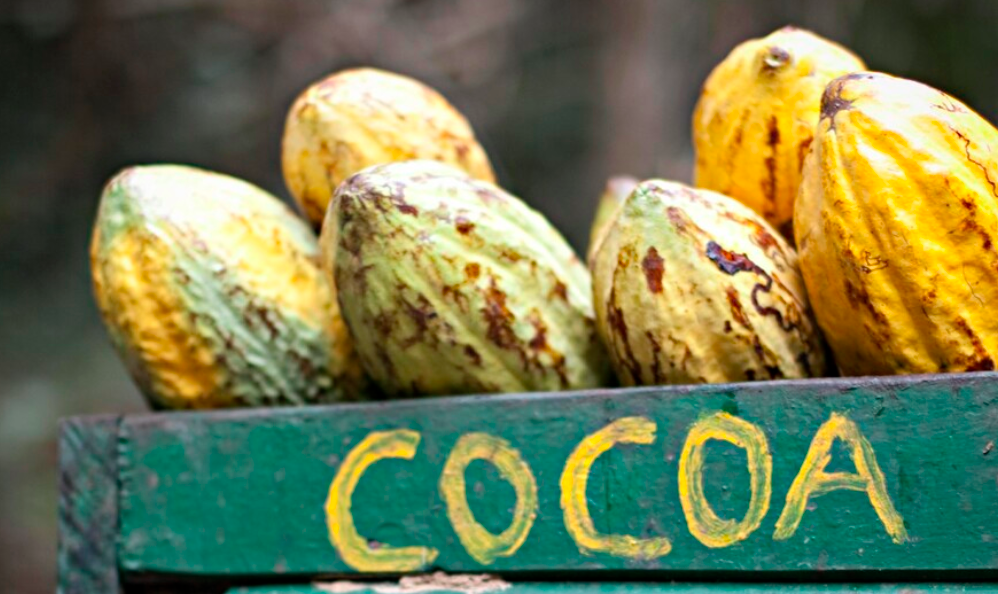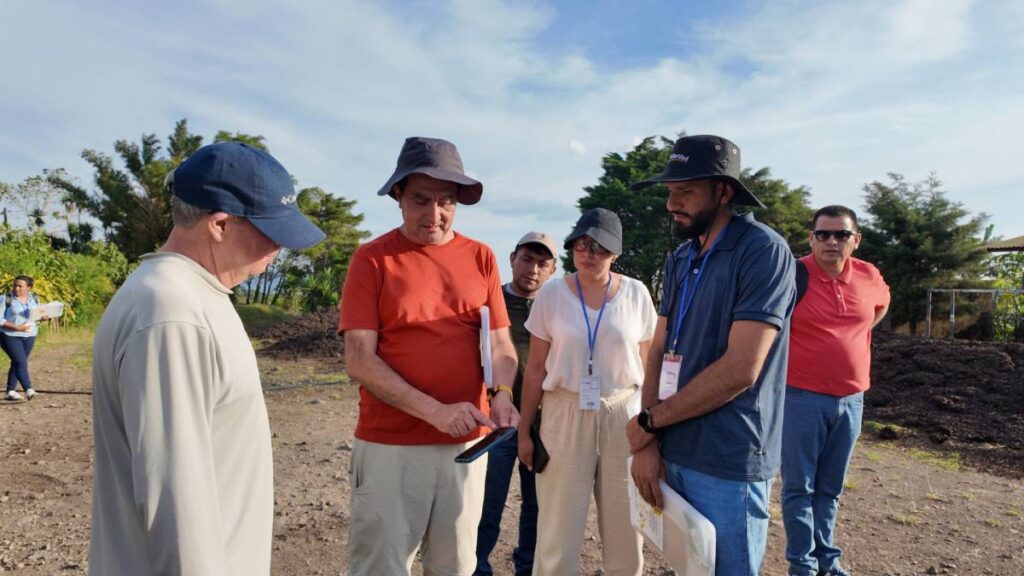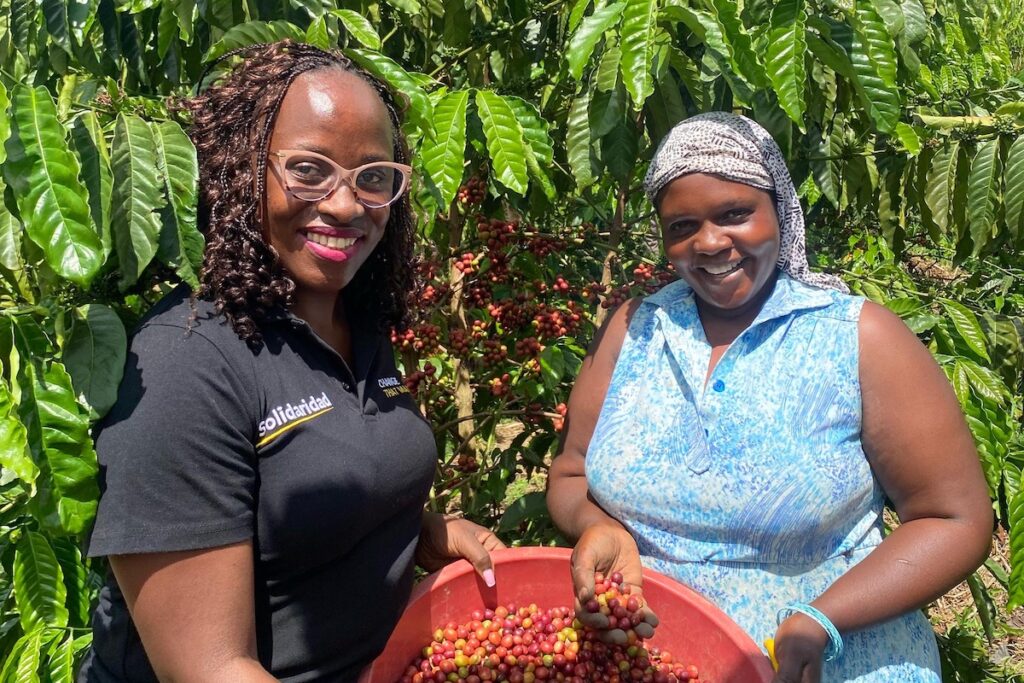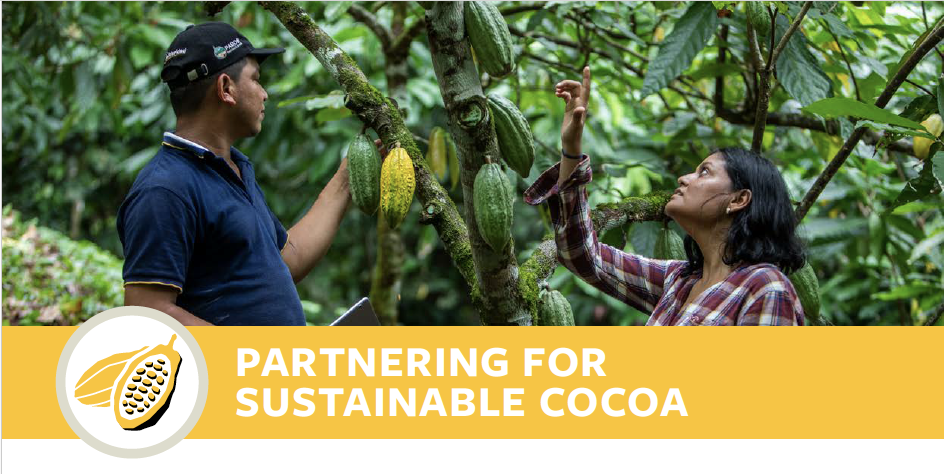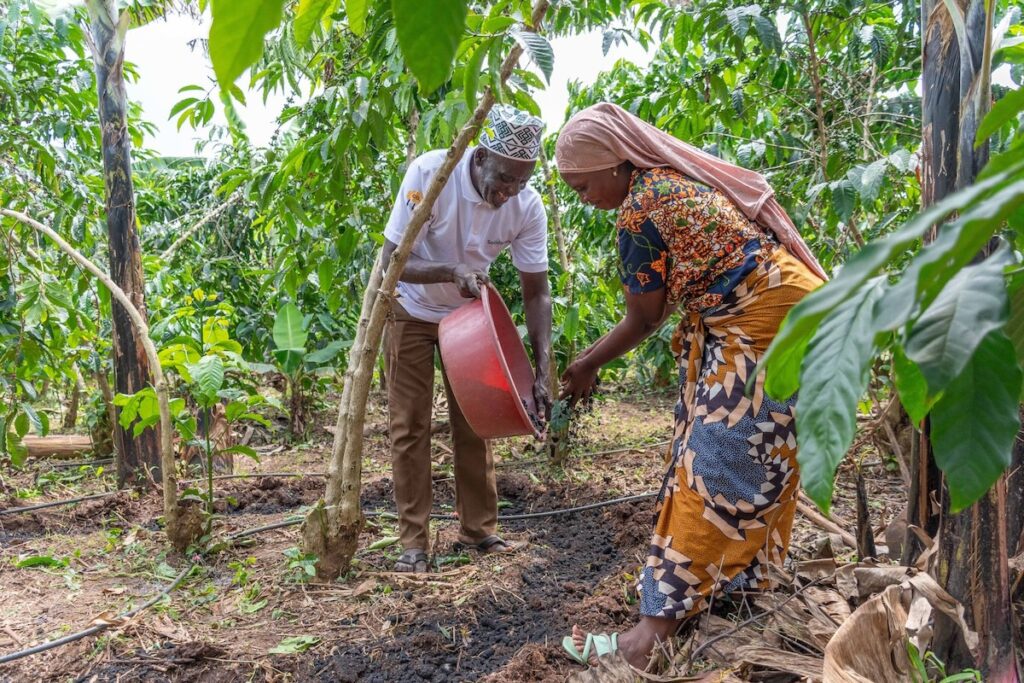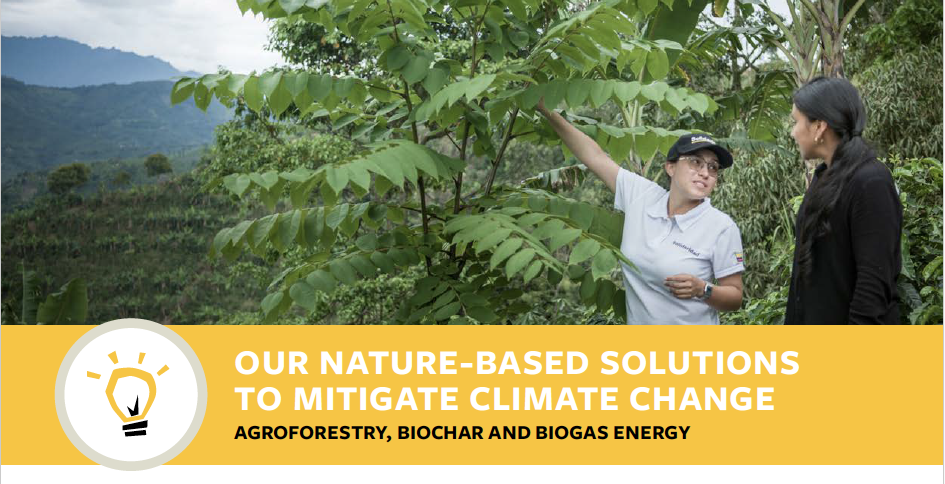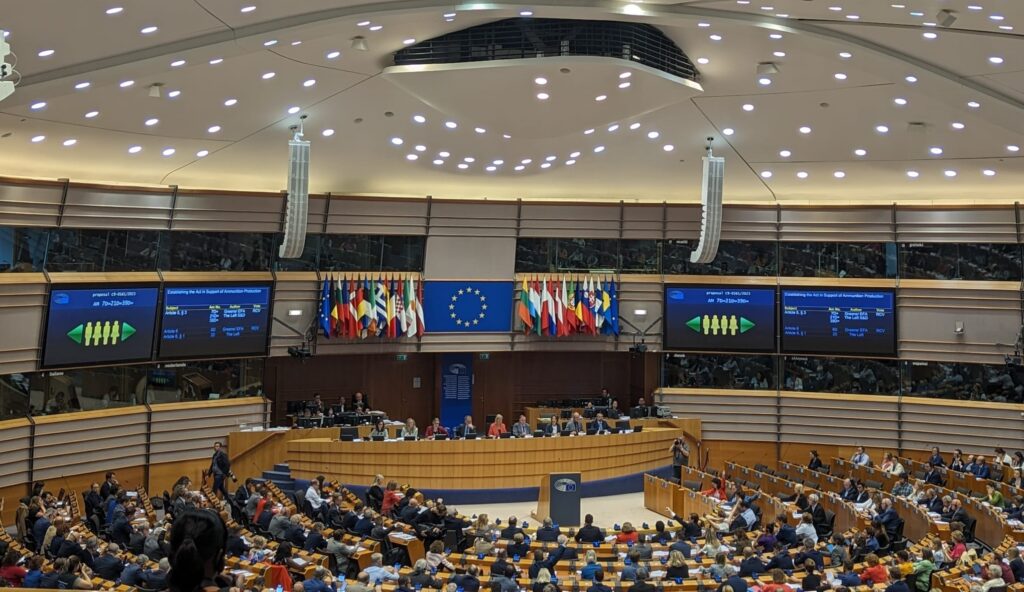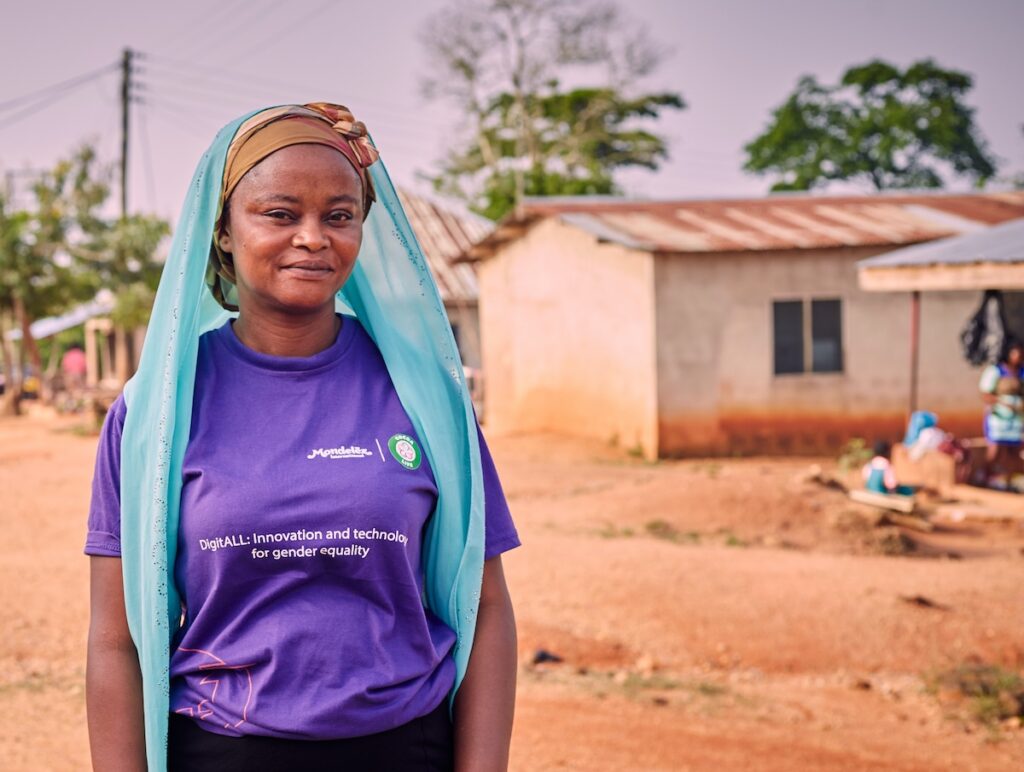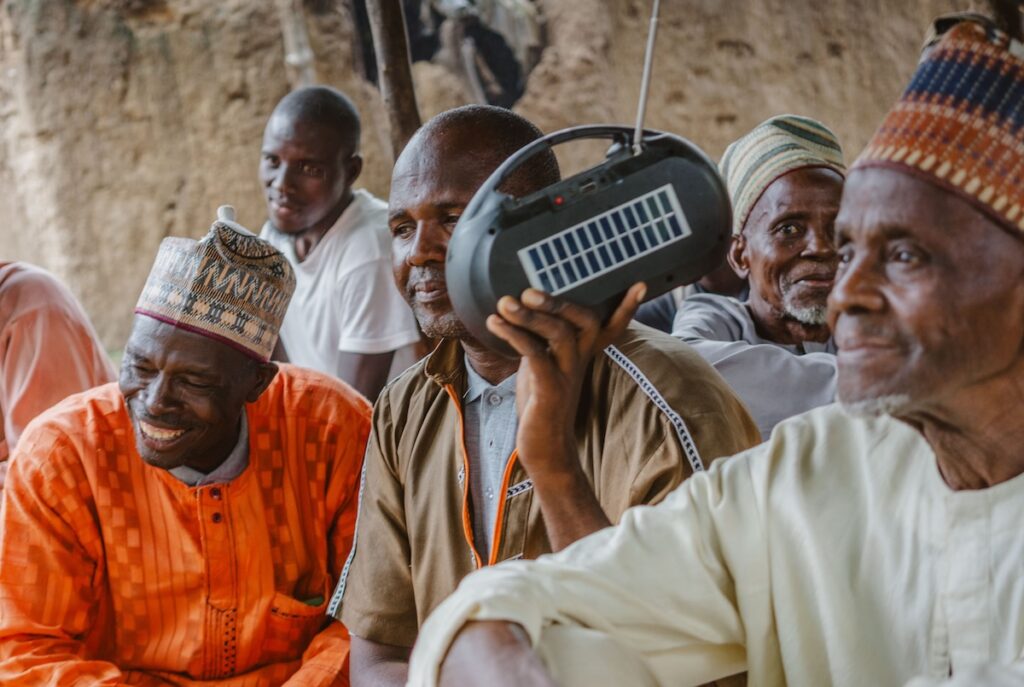Let’s first explore what information the report brings to the table. The report doesn’t disappoint on this point, presenting a wealth of data and facts. The most interesting findings can be summarized as follows:
So far, so good!
Let’s see what strategic guides the report offers: The report gives an assessment and success rating of two types of interventions; achieving a living income through fair prices or alternatively through higher productivity per hectare.
The main takeaway on higher farmer prices is the conclusion that: “it does not seem right to focus only on price and premium approaches if a trickle-down effect to other families is not expected, or if the premium is unlikely to incentivize production across all farming families at levels that would guarantee significant premium sharing and that can be sustained. Even drastic increases in the price of cocoa will not lead to an end of poverty for the poorest farmers.”
The main takeaway on productivity enhancement is more positive, concluding that “yield increases have a larger effect on decreasing income gaps than price increases when all else remains equal.”
However, given that higher production volumes over the years have rather led to lower prices on the world market, with world price being a major determinant of farmer income, it is too simplistic to assume that higher yield will result in the end in increased income. In a practical sense, all else cannot be equal.
A neglected aspect in the study is that a better price translates directly into a better income for farmers
To come to the final conclusions in the report data sets are compared and analyzed. Albeit, in a debatable way.
The impact of better farmer prices through premiums is analyzed in different scenarios in a range of 0.4 to 1.0 times actual market prices.
The impact of increased productivity is analyzed in a range from current low levels of 300 kg per ha to more optimal levels in a range of to1500 kg per ha, and even to rare levels of 3000 kg; a factor of 5 to10.
A comparison of the effects of better pricing and higher productivity based on an unequal multiplier gives a predictable outcome; in this case in favor of productivity.
Moreover, a neglected aspect in the study is that a better price translates directly into a better income for farmers. There are no added costs for just getting a better price. Each extra dollar counts as income.
This is a relevant factor because higher productivity levels depend on significant investments and costs. In the study, the net income effect of productivity increases is calculated at 70%, based on a modest 30% deduction for costs.
In reality, investments are often much higher; between 50% to even 90% of the revenues generated by higher sales volumes. The debt amortization period is long and risky. So the net contribution to income is significantly lower. Margins in all different agricultural production systems are always small. Low prices, from a weak bargaining position, are the reason that agricultural markets are characterized by many farmers and only a few buyers.
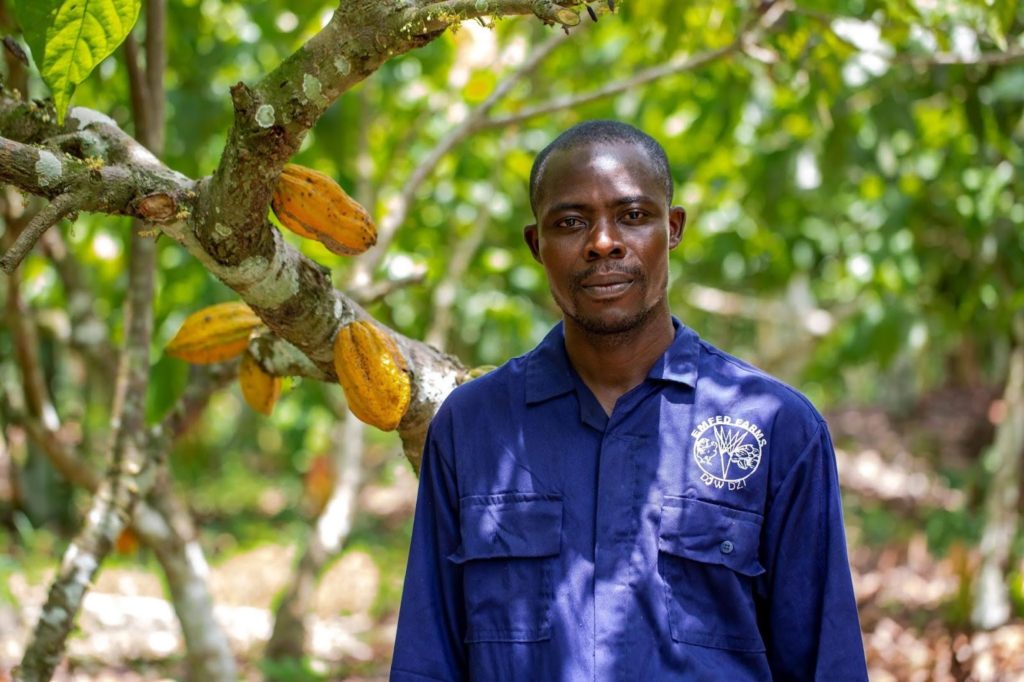
Moving away the smoke screen of the business case for cocoa farmers
Nico Roozen examines the international conversation on child labour and zeros in on the business case of the cocoa farmer.
Given that higher production volume over the years has rather led to lower prices on the world market, with world price being a major determinant of farmer income from cocoa, it is too simplistic to assume that higher yield will result in increased income.
The argument prioritizing higher productivity above better prices is based on the consideration that the smallest segment of farmers producing low volumes of cocoa has, relatively, a modest advantage from better prices. This is evident. Economics teaches us that a farmer’s income is: volume times price minus costs.
So farmers with more land and higher sales will benefit more from higher prices than the lower segment of the smallholder population producing modest volumes. But this relatively lower effect does not make a higher price irrelevant to them. In absolute terms, some more money is for sure a meaningful effect allowing farming families to escape from extreme poverty.
Embedded is a broad range of supportive measures: a higher price is even a crucial stepping stone to savings for investments to a more productive infrastructure. Just making the statement that ‘ it is better to look for another job’ is irresponsible knowing that these jobs don’t exist yet.
After a close reading, it became clear to me that the report is in some sense a compromise between the different perspectives of science and businesses, represented by the WUR and Mondelez. In all scenarios, a significantly higher price for cocoa is a precondition for the transformation to a more sustainable sector and a decent income for farming families.
A plea for an integrated approach
The main question to be answered is what overall strategy is needed to make the cocoa sector future-proof?
I suspect quarreling about the relevance of each partial contribution for solutions is a waste of time. Doing so, we risk that some actors lean behind arguing that other actors are the main cause of the problem and by consequence the only or first change maker. This will not provoke a common understanding of solutions and joint actions.
Let’s try to understand what comprehensive strategy for systemic change is needed and what demand and value contributions from all players are involved. Here, an examination of seven interrelated interventions for future-proofing the cocoa sector:


My final remark is that I hope we will see more comprehensive scientific reports with more impact, not prioritizing one strategy above another, outsmarting essential contributions from other angels. This approach is fruitless. Let’s try to reach a scientific understanding on a coherent and comprehensive all-over strategy bringing stakeholders together and making them all accountable for each part of the solution. Only a smart balancing act between seven types of interventions will generate positive and lasting results.
About the author
Nico Roozen is the former Executive Director of Solidaridad Network and the current Honorary President to the International Supervisory Board. Follow on LinkedIn for more articles from Nico Roozen
Emeritus Professor of Impact Assessment for Food Systems Ruerd Ruben has written an article in reply to this article in his recent blogpost ‘Strong need to improve cocoa governance’. He argues that instead of combining different actions to strengthen the cocoa farming sector, we should consider the behavioral drivers of cocoa households for engaging in these strategies.

